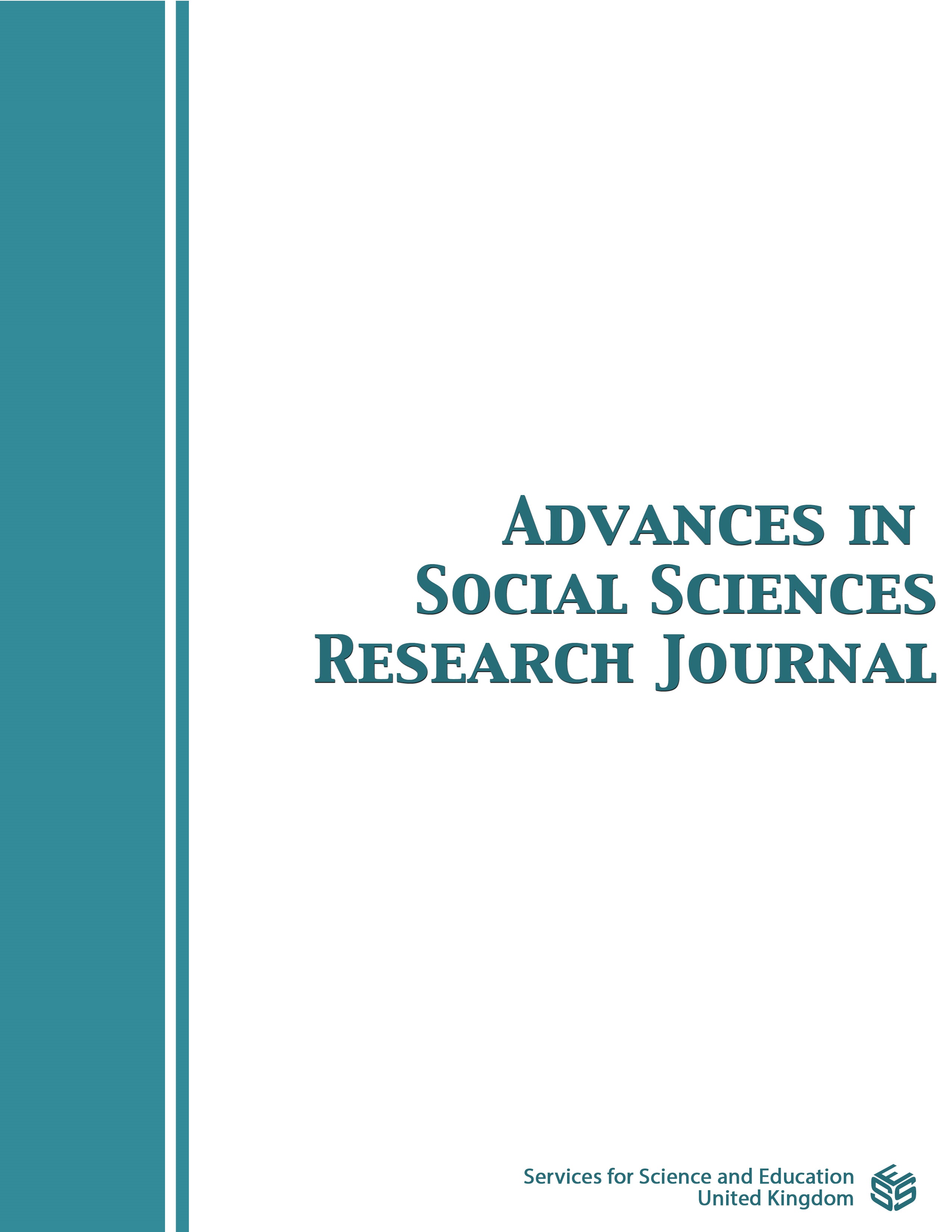Does Governance in MENA Countries Attract Migrants' Remittances?
DOI:
https://doi.org/10.14738/assrj.101.13763Keywords:
Governance, Migrants' Remittances, Middle East and North Africa, Pooled Mean GroupAbstract
Over the past years, international remittance of migrants to the Middle East and North Africa (MENA) has increased dramatically and become more resilient external financing sources than other capital flows, such as FDI, portfolio investment, and foreign aid. Nevertheless, the magnitude of remittances flowing into that region is less than expected. The research, hence, attempts to analyze the impact of governance on the volume of remittances in receiving economies in MENA from 1996 until 2020 by using the pooled mean group, mean group, and dynamic fixed effect methods. The results show that poor governance in MENA stimulates migrants to remit more to support and assist their relatives with their deplorable living conditions. Consequently, policymakers in the MENA region must strive to identify the underlying causes of weak governance and provide applicable solutions, as migrants' remittances cannot entirely eradicate the damage caused by the poor quality of governance. They also should provide an attractive environment for international remittances by applying policies pushing migrants to remit more, such as accelerating administrative procedures for business and increasing the interest rate on foreign currency deposits.
Downloads
Published
How to Cite
Issue
Section
License
Copyright (c) 2023 Khaled Elorabi, Suryati Ishak, Norashidah Mohamed Nor, Saifuzzaman Ibrahim

This work is licensed under a Creative Commons Attribution 4.0 International License.
Authors wishing to include figures, tables, or text passages that have already been published elsewhere are required to obtain permission from the copyright owner(s) for both the print and online format and to include evidence that such permission has been granted when submitting their papers. Any material received without such evidence will be assumed to originate from the authors.






